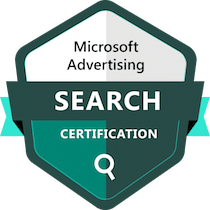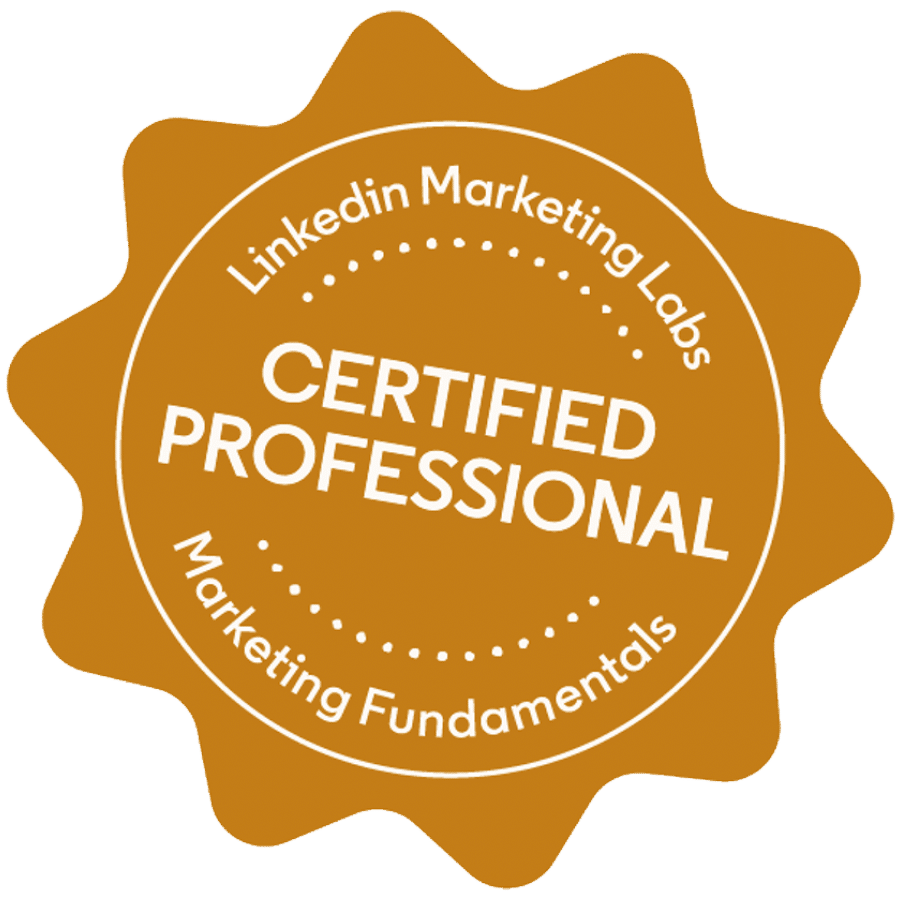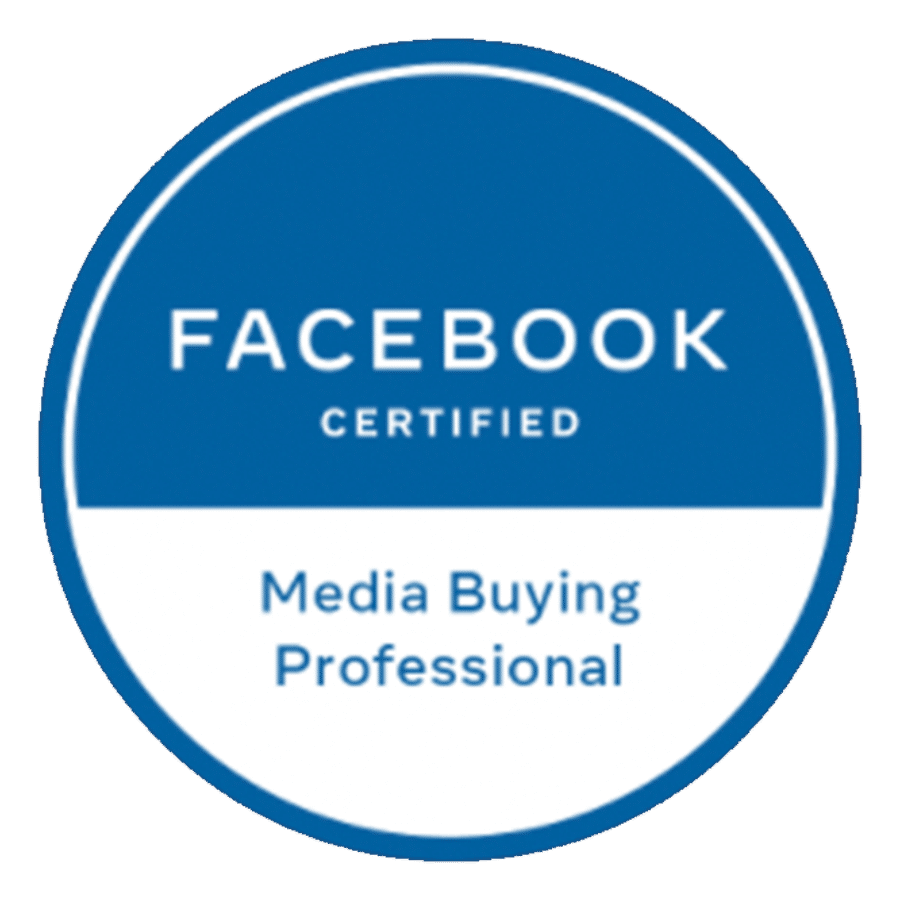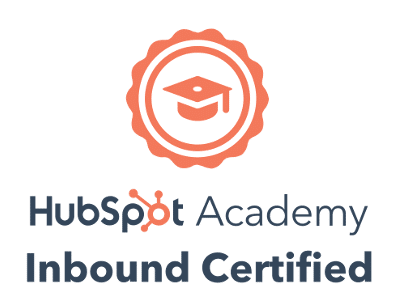If you struggle to fill your sales funnel with quality leads, you’re not alone: 85% of B2B marketers say that while lead gen is their #1 goal for content marketing, it’s also their greatest challenge.

It doesn’t matter if you have an amazing product: if no one knows about it, no one will buy it. And once they do manage to find you online, only about 4% of visitors are ready to buy. The overwhelming majority need more information, which you can deliver through a well-developed lead magnet and nurturing cycle.
In this blog post, I’ll highlight specific implementations that work when it comes down to generating quality leads for your sales team.
Why Lead Magnets are Essential to B2B Sales
B2B lead generation requires you to master the art of the lead magnet — a high-value item or tool with a low entry point for buyers (most lead magnets are free, while some may charge a small fee). Lead magnets are usually some form of content that the user will find helpful enough where they’re willing to give up their name and email address.

The good news is that you don’t have to be the most popular business, the cheapest product, or even the best service to draw attention to your company. Success comes down to being able to sell effectively, and sales start with quality leads.
A lead magnet itself is a powerful tool to boost lead collection, but know that it is also about creating an entire ecosystem that’s multi-channeled. Doing so will nurture leads who come in the door and help you segment which ones are marketing qualified and sales qualified.
Pay for Social Media Ads
B2B marketers are increasingly spending more on social media ads, and for good reason. Platforms like Facebook have made it super simple to create advertising campaigns around target audiences and give you total control of the budget. Plus, the built-in analytics give you data-driven insight into how well your campaigns perform.

A well-designed social media lead magnet should include an image and catchy headline, engaging copy to pull the reader in, and a call to action that encourages the user to click through to your website or landing page, where they can learn more and take advantage of the lead magnet.
Create Impactful Content Focused on Customer Lifecycle Stages
There’s no arguing that content marketing should be part of your mix, but take your efforts a step further by creating content that speaks to each stage of the buying cycle.
It starts with understanding your buyers’ needs, questions, and problems, then developing content that addresses these aspects. From there, consider where the buyer is in their decision-making stage: if they’ve just discovered a problem, they may not be as ready to pull the trigger as someone who is actively exploring solutions. Here are some suggestions to inspire you:
- Awareness Stage: Content should focus on answering questions, solving problems, and informing without sounding salesy.
- Consideration Stage: Content should start presenting solutions to problems and discussing options. A free demo or webinar could work well here.
- Decision Stage: Content should include a call to action or incentive to buy, such as a discount or free trial.
Delivering content to customers depending on where they are in the buying journey caters to their needs in a deeper, more meaningful way. You’re speaking directly to their present situation and can move them through your funnel faster.
You can even get more detailed by leveraging a funnel like this one created by NewsCred — where you highlight KPIs, the details of each lifecycle stage, the technology stack, and reporting.

Just know that whichever route you choose, it’s about identifying each lifecycle stage and what you want potential buyers to do as well as the type of content you will use to nurture them. And more importantly, doing so allows you to then track the ROI of your content helping you understand which assets create the best engagement that drive sales.
Develop and Optimize Landing Pages
Using the different buying stages, you can fine-tune your landing pages that speak to the customer at their point in the buying cycle versus creating a broad offering. The more specific your landing page, the better chance you have of connecting with the right prospects at the right time.
A good landing page isn’t just optimized for search engines, but also for the user experience. Users should have all the information they need to move to the next stage of your sales funnel, including but not limited to the following:
- A short yet captivating headline
- Strong copy
- A clear call to action
- An opt in form
- Image, video, or strong visuals
- Trust factors, such as user reviews, Trustpilot badge, or other logos
Remember, landing pages are designed to capture information, whereas home pages or regular website pages are designed to inform! Don’t use your homepage as your landing page, and instead create separate pages that focus on one specific goal.

Nurture Your Leads through Email Marketing
As leads enter your funnel, keep in mind that not all of them will be ready to jump to the decision-making stage. In fact, count on the majority of them needing ongoing nurturing before they’ll consider committing.
Email marketing is arguably the easiest, most cost-effective way to nurture leads from your B2B marketing efforts. ROI on email marketing averages $42 for every dollar spent, plus you can automate your email workflows for a hands-off approach.
Build out customized workflows based on the user’s actions. For example, if a prospect downloads a guide on how to create landing pages, then you know that landing pages is a top priority of theirs. Your workflow can send them more content and offers around landing pages to encourage them to become paying customers.

It’s also important that as you setup and run these workflows, you integrate lead scoring as part of the journey. This will give you a way to segment leads and put them into the buckets that best aligns with their lifecycle stage.
A/B Test Messaging and Calls to Action
Whether you’re developing a landing page, email campaign, or other form of content, the only way to know you’ve made it as effective as possible is to A/B test different elements to see what buyers respond to best. It’s not always going to be your gut instinct, and without testing, you could be missing out on conversions.

There are seemingly infinite things you could test, but you may find it more beneficial to focus on your messaging, such as headlines, email subject lines, and body copy, as well as your calls to action.
You can also try different images to see what buyers like best. Case studies like these have found that making simple tweaks can significantly impact conversions, sometimes by as much as 100% or more!
Wrapping It Up
The biggest challenges I see anytime a client comes to me for help with their B2B marketing strategy is that they need more leads. Typically, I look at the following: people, process, and tools. These three areas give me insight into what they’re currently doing, with who, and the technology stack.
I’d encourage you to do the same thing and then begin execution. Also, don’t forget to track and measure your efforts. Doing so will show you know where to allocate more spend, where to stop, and where to improve.
For more B2B inspiration, make sure you also check out: How to Drive Results with Your B2B Content Marketing Efforts.








